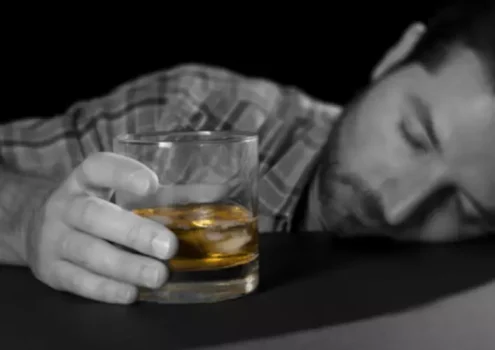
When it comes to addressing binge drinking in college and workplace settings, it is important to implement a comprehensive set of interventions. Let’s work together to address problematic drinking behaviors and promote responsible alcohol use. Motivational Interviewing effectively addresses problematic binge drinking behavior. Individuals are guided to explore their motivations and goals regarding their drinking habits. Acceptability is paramount https://ecosoberhouse.com/ in the development of complex health‐promoting interventions (Sekhon et al., 2017). Of the included studies, only three assessed participant satisfaction and all of them through questionnaires.

Benefits of CBT for Alcoholism and Addiction

All the processes were carried out independently by two researchers to minimise the risk of biases. In case of a discrepancy, a senior investigator assessed the articles, and then, all members of the research team examined the included articles. In closing, with a few brief questions, you can determine whether your patients are drinking at levels that may have adverse health effects and whether, in addition, they have symptoms of AUD. From there, you’ll be able to set a clear path to help improve your patients’ risk profile, health, and wellbeing. Long story short—cognitive behavioral therapy works well for some, but not for everyone.

Study Limitations

In closing, brief interventions may help patients reduce their unhealthy drinking. The first brief intervention may lead directly to change, or it may lay a foundation. Be persistent—several encounters may be needed before the patient becomes motivated and committed to change.
- For physical activity, no significant effect was found on abstinence among individuals with AUD or those seeking treatment for alcohol use (RR 1.56, 95% CI 0.78 to 3.14) 100.
- These findings suggest that the overall effects on self-reported behavior change related to binge drinking across the intervention communities were minimal.
- The information was collated and summarised in the form of a descriptive numerical summary and subjected to qualitative thematic analysis.
- It contributes to the global research landscape by aggregating evidence and offering a structured assessment of BD interventions.
- However, those closest to Taylor knew she was “abusing alcohol and pain meds, including injectable ones.”
What outcome can we expect from brief interventions?
- Several types of treatment programs for alcohol use disorders (AUD) are available.
- Overall, gather as much information as you can about a program or provider before making a decision on treatment.
- Social host provision laws are enacted by local or state governments to hold accountable adults who supply alcohol to those under age 21.
- They may not accept the negative effects their behavior has on themselves and others.
Binge drinking has significant consequences for both individuals and society. It can lead to various health problems, including liver damage, cardiovascular disease, and neurological disorders. Furthermore, it increases the risks of accidents, violence, and engaging in risky sexual behavior. For instance, in the past month, 29% of males and 15% of females have reported engaging in binge drinking. Moreover, binge drinking is more prevalent among individuals with higher education levels. This could be attributed to factors such as increased income and social pressure.
CBT uses the same learning processes that led to the development of alcohol and drug dependence in the first place to help people unlearn maladaptive behaviors. Acceptance- and mindfulness-based interventions increase awareness and acceptance of present-moment experiences. Mindfulness-based skill-building strategies promote flexible, rather than autopilot, responses to triggers that can prompt drinking. When asked how alcohol problems how to do an intervention for an alcoholic are treated, people commonly think of 12-step programs or 28-day inpatient treatment centers but may have difficulty naming other options.
